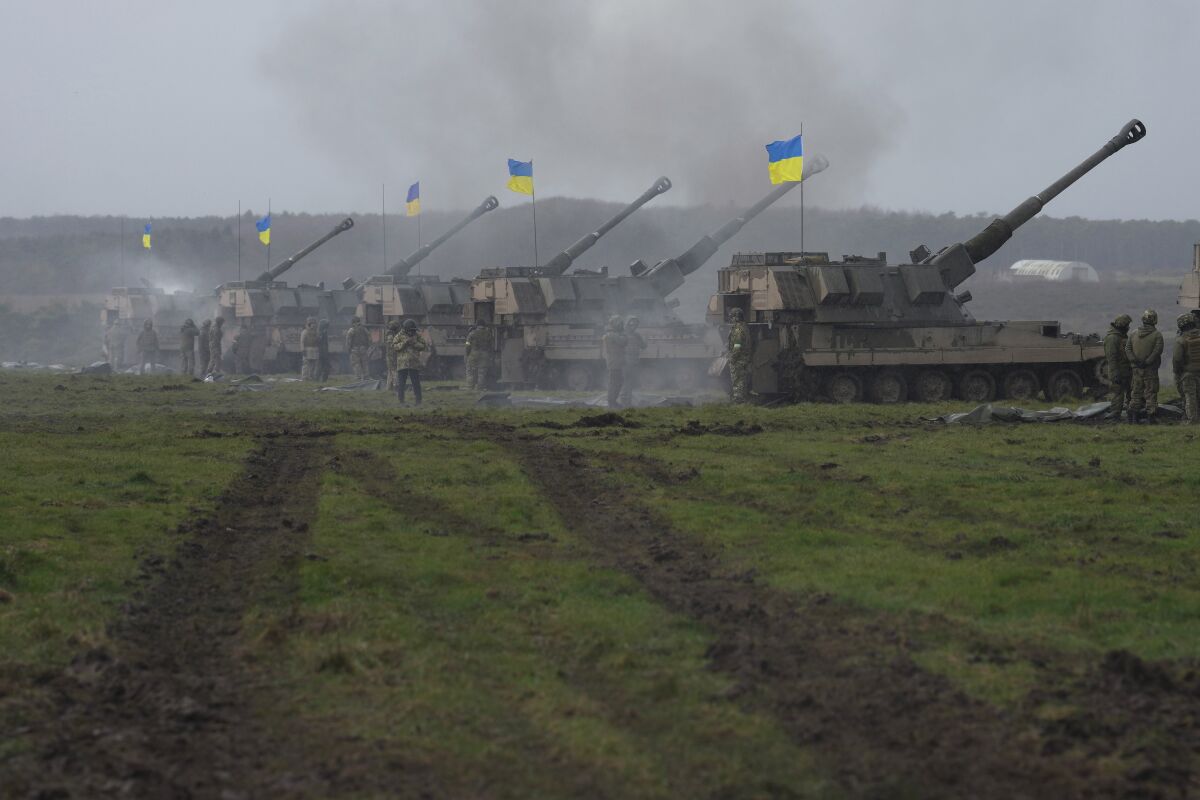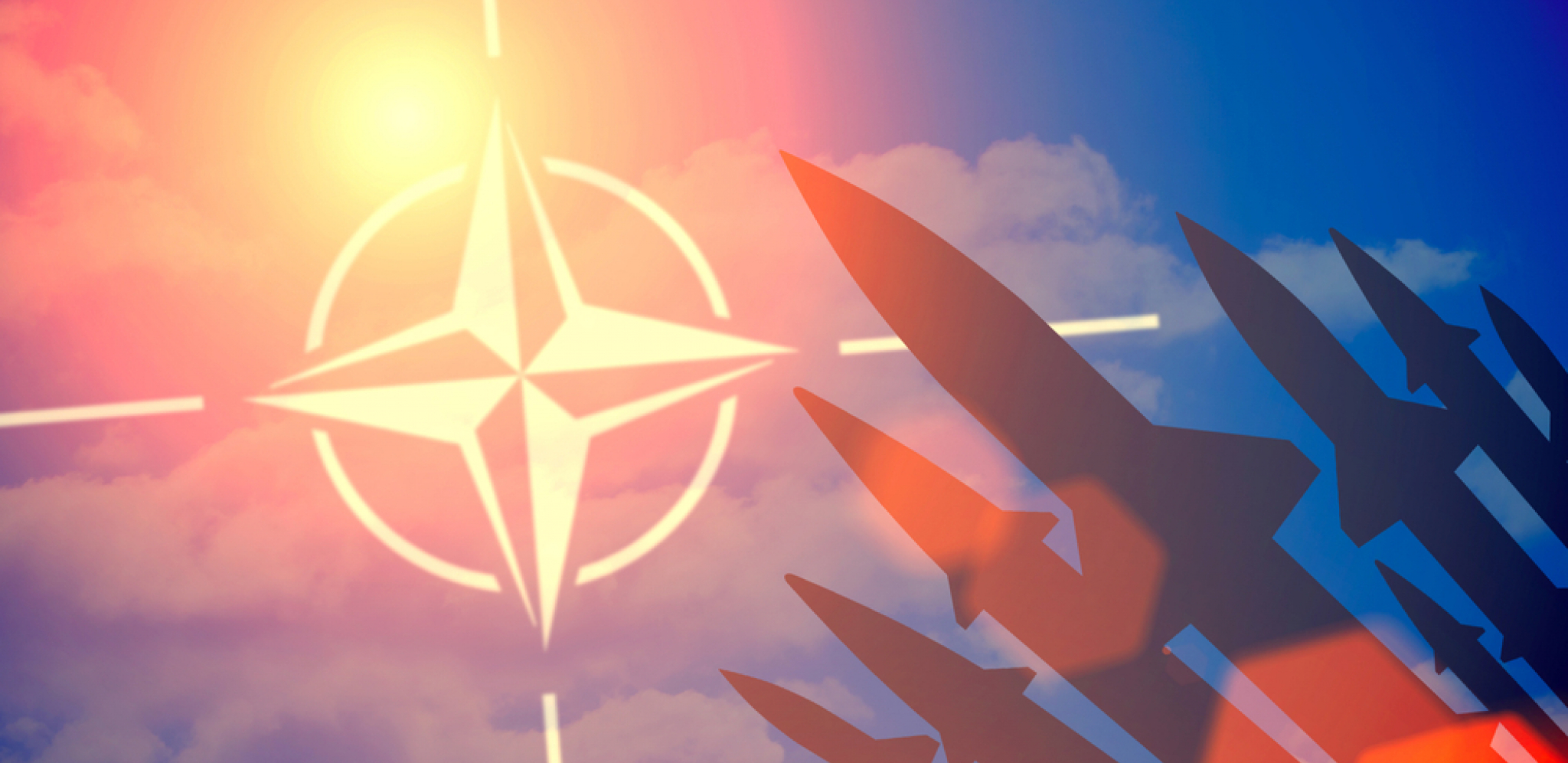Russia's Spring Offensive: Warmer Weather's Impact On The War In Ukraine

Table of Contents
Improved Mobility and Maneuverability
The thaw marks a crucial turning point in the conflict, significantly impacting the operational capabilities of both Russia and Ukraine. Improved ground conditions directly translate to enhanced mobility and maneuverability for military forces.
Increased Operational Tempo
Warmer temperatures have significantly reduced the limitations imposed by the rasputitsa – the mud season that typically restricts movement in spring. This leads to several key advantages:
- Faster Deployment of Armored Units: Tanks and other heavy armored vehicles can now traverse terrain previously inaccessible, significantly increasing the speed of offensive operations.
- Improved Logistics and Resupply: Better road conditions facilitate the efficient transport of supplies, ammunition, and reinforcements, sustaining longer and more intense offensives.
- Increased Air Mobility: Favorable weather conditions enhance air operations, improving the speed and effectiveness of air support and troop transport. This also allows for increased reconnaissance and surveillance.
Enhanced Offensive Capabilities
The improved mobility isn't just about speed; it unlocks new strategic possibilities.
- Access to Previously Inaccessible Terrain: The thawing of frozen ground and the drying of wetlands open up new avenues for attack, allowing for flanking maneuvers and potentially outmaneuvering entrenched Ukrainian defenses.
- Increased Use of Heavy Weapons: The ability to deploy tanks and other heavy armored vehicles more effectively boosts offensive capabilities.
- Enhanced Encirclement Strategies: The increased maneuverability makes encirclement tactics more feasible, potentially leading to significant territorial gains for the attacking force.
- Feasible River Crossings: Reduced water levels and improved conditions make river crossings less hazardous and open up new strategic options.
Challenges Posed by Warmer Weather
While warmer weather offers advantages, it also introduces new challenges and vulnerabilities for both sides.
Increased Vulnerability
The improved mobility benefits both sides of the conflict, enhancing the Ukrainian defense.
- Increased Visibility: Clearer weather conditions increase visibility, making both sides more vulnerable to air strikes, artillery fire, and long-range precision weapons.
- Enhanced Counter-Offensives: Improved mobility allows Ukrainian forces to utilize their superior knowledge of the terrain and conduct more effective counter-offensives, potentially disrupting Russian advances.
- Health Risks: Warmer temperatures also bring increased risks of heatstroke and dehydration for soldiers on both sides, impacting operational effectiveness.
Environmental Impact on Tactics
The changing landscape significantly impacts military strategies and tactics.
- Revealed Minefields: The drying of wetlands may expose previously hidden minefields, impacting troop movements and potentially causing casualties.
- River Level Changes: Fluctuations in river levels can impact bridge construction and crossing strategies, affecting operational plans.
- Improved Cover and Concealment: Increased vegetation can provide improved cover for ambushes and defensive positions, favoring guerrilla warfare tactics.
The Impact on Supply Lines and Logistics
The end of rasputitsa has a profound impact on logistics and the ability to sustain offensive operations.
Improved Road Conditions
The improved accessibility of roads significantly enhances logistical capabilities for both sides.
- Faster Resupply: Efficient transportation of supplies and equipment allows for a greater intensity and duration of offensive operations.
- Sustained Operations: Improved logistics enables longer campaigns and sustained offensives with fewer interruptions.
- Enhanced Ukrainian Defense: Improved logistics also enables Ukrainian forces to better supply their defensive positions.
Increased Vulnerability to Attacks
However, improved mobility also increases the vulnerability of supply lines.
- Targeting of Supply Chains: Both sides can utilize the improved accessibility to target the enemy's supply lines, potentially disrupting operations and weakening their offensive/defensive capabilities.
- Effectiveness of Guerrilla Tactics: Ambushes and hit-and-run tactics become more effective due to the increased movement of supply convoys.
The Psychological Impact of Spring
The arrival of spring can have subtle but significant psychological effects on the morale and fighting spirit of both armies.
Renewed Momentum
Spring's association with renewal and optimism can boost morale and lead to increased aggression.
- Increased Fighting Intensity: Both sides might display a renewed sense of purpose and engage in more aggressive fighting.
- Shift in Strategic Outlook: The psychological impact can affect risk assessment and strategic decision-making.
Prolonged Conflict
The ability to conduct sustained offensive operations throughout the warmer months could lead to a prolonged conflict.
- Increased Troop Fatigue: Extended fighting can lead to increased fatigue and decreased morale among soldiers on both sides.
- Resource Depletion: Prolonged conflict will drain resources, potentially leading to a stalemate or a war of attrition.
Conclusion
Russia's spring offensive in Ukraine is significantly shaped by the arrival of warmer weather. Improved mobility provides tactical advantages, yet also increases vulnerabilities. Enhanced logistics sustain longer operations, but supply lines become more exposed. The psychological impact influences morale and contributes to the potential for a protracted conflict. Understanding these multifaceted effects is crucial for comprehending the evolving dynamics of the conflict. To stay updated on this critical development, continue to follow our coverage on Russia's Spring Offensive and its implications.

Featured Posts
-
 Sedlacek O Evrobasketu Jokicev Dolazak I Jovicev Potencijalni Ulazak U Reprezentaciju
Apr 30, 2025
Sedlacek O Evrobasketu Jokicev Dolazak I Jovicev Potencijalni Ulazak U Reprezentaciju
Apr 30, 2025 -
 The Trump Presidency Examining His Initial Congressional Speech
Apr 30, 2025
The Trump Presidency Examining His Initial Congressional Speech
Apr 30, 2025 -
 Bayern President Rejects Far Right Af D Membership On Club Board
Apr 30, 2025
Bayern President Rejects Far Right Af D Membership On Club Board
Apr 30, 2025 -
 Fourth Law Firm Secures Pro Bono Deal Amidst Trump Sanctions Threat
Apr 30, 2025
Fourth Law Firm Secures Pro Bono Deal Amidst Trump Sanctions Threat
Apr 30, 2025 -
 Trump Legal Case Fourth Firm Averts Sanctions With Pro Bono Deal
Apr 30, 2025
Trump Legal Case Fourth Firm Averts Sanctions With Pro Bono Deal
Apr 30, 2025
